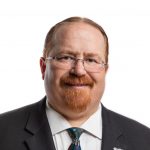As resources expand to address our nation’s growing substance use disorder (SUD) crisis, public health policymakers are rapidly adopting new approaches to meeting patients “where they are.” Although less controversial than in years past, treatment approaches to SUD that are not rooted in abstinence still face an uphill climb as legislators who lack an understanding of the “disease model” feel conflicted about voting for anything that resembles “letting people off the hook” for their use of illegal substances.
Ryan Hampton, author of the book American Fix says,
If we’re going to be more effective—if we’re going to build a larger tent—then we must adopt the principle that every single person is worthy of our compassion and our help. We’re not doing our jobs if we don’t advocate for people who use drugs and harm-reduction principles. The last shall come first—this is, and must remain, top of mind as we navigate a system that is more prevalent than ever with lethal substances such as fentanyl and other synthetic drugs. The recovery paradigm must shift to a system of inclusion if we are to survive this third wave of the overdose crisis (2018).
The real focus should be prerecovery, which includes recovery curious, early intervention, and harm reduction. This focus is important because it occurs before any diagnosis of SUD can be made, rather than during treatment, which is postdiagnosis. There needs to be more support and funding for services for individuals to begin the process of recovery before they are diagnosed. This precontemplation through preparation is identified in the transtheoretical model. Dave Sheridan, the executive director of the National Alliance for Recovery Residence (NARR), states,
Individuals exhibiting patterns of substance misuse often don’t recognize their harmful behaviors until consequences become severe. Pre-recovery services need to be available to individuals who may not yet be ready to consider abstinence-based recovery. These services are invaluable in assisting individuals to engage in a process that can significantly reduce the harms to themselves and others far sooner than would otherwise be the case (personal communication, June 24, 2021).
The challenge is not tolerance of substance use per se, but rather a chance to engage individuals in considering the possibilities of a better life and letting them know that help is available, even before a problem has risen to the point where assessment and diagnosis is a reality. The bundle of services you are talking about is particularly important there. Brandee Izqueirdo, the executive director of SAFE Project and a woman in long-term recovery, shares her views on harm reduction for youth and young adults, stating,
It has been my experience with my own children that they don’t always identify with the term recovery. I can’t approach them with a “Don’t do drugs” and “Don’t drink alcohol” message because it doesn’t resonate. I take a harm-reduction approach by keeping them abreast of the change in using patterns, what’s hitting the streets that they need to be aware of, and if they do make a decision to use drugs or alcohol, please use your tools to stay safe. Never use alone, carry Narcan at all times, reach out for help and support if you think you have a problem, and always understand that you can come to me because I’m a judgment-free zone (personal communication, June 25, 2021).
The other idea is that early access to these services can reduce the longer-term costs associated with acute care, plus the accumulated wreckage between “I may have a problem” and “I need a detox.” This is not a new concept; it was formalized by researchers more than ten years ago as recovery-oriented systems of care (ROSC). As illustrated by the chart below, it begins in childhood with activities such as early screening, prevention, awareness of adverse childhood experiences (ACEs), and resiliency building. A ROSC continues throughout the continuum of care in the form of harm reduction, prevention, and intervention (more accurately termed “prerecovery”), which keeps it underneath the umbrella of the recovery process and not a separate process from recovery as many sometimes view early intervention, recovery curious, and harm reduction. The term “harm reduction” carries its own stigma and using a term like “prerecovery” to describe the early process of recovery seems to be more person-centered and recovery-friendly wording.
With the opioid settlement funds received by states in the American Rescue Plan to address SUD (ONDCP, 2021), and State Opioid Response funds generating a tidal wave of new opportunities to build and change systems (SAMHSA, 2020), ROSC could be a game-changer in states where they are adopted. Florida took this route with State Opioid Response funding by providing start-up investment to create recovery community organizations (RCOs) and recovery community centers (RCCs). Faces and Voices of Recovery, the innovators of RCOs and RCCs, state that RCOs, “increase the visibility and influence of the recovery community and engage in activities that fall under one or more of the three core activities of policy and advocacy activities, recovery-focused community education and outreach programs, and peer recovery support services (PRSS)” (2021).
Additionally, the Recovery Research Institute defines RCCs as, “Peer-operated centers that serve as local resources of community-based recovery support. People do not live at these centers, but rather these resources can help individuals build recovery capital at the community level by providing advocacy training, recovery information and resource mobilization, mutual-help or peer-support organization meetings (e.g., Alcoholics Anonymous, SMART Recovery, LifeRing), social activities, and other community-based services” (n.d.).

Young People in Recovery (YPR) built upon the ROSC model to introduce the concept of “recovery-ready communities,” which are put into action through initiatives as seen in Figure 2. YPR defines recovery-ready communities as, “A community that is recovery-ready provides the entire continuum of support to those in or seeking recovery and their allies” (2020).

As Ann Herbst, interim CEO of Young People in Recovery, explains,
Anywhere that you can get people to plug in to recovery-ready communities will be beneficial, particularly for youth and young adults. Whether that’s implementing evidence-based prevention programs in high schools and middle schools; engaging young people in pro-social activities that boost their resilience and support their overall health and wellness; to improving local policing policies to funnel people into treatment, not jail; all of it will improve outcomes for individuals who may be affected by harmful substance use. That includes not only the individual using drugs or alcohol but also their friends and family members. The whole community benefits when a recovery-oriented system of care is in place (personal communication, June 24, 2021).
The reality is that harm reduction is part of the recovery process, just like precontemplation is part of the stages of change or like the DSM has a spectrum of addiction. Figure 3 shows the continuum/spectrum of recovery. As a philosophical matter, harm reduction or prerecovery should challenge us all. To downplay abstinence is to put our patients in danger, but to refuse to let go of old ideas that draw a hard line against anything that is not an absolute commitment to ending use puts millions of people who could benefit from a more gradual ascent into substance use recovery off, out, and not able to hear the message that recovery works. As we continue to base our clinical judgments on science and outcomes, we cannot deny that “recovery curious” is a much-needed advancement, and that, as is true for so many other diseases, approximating healthy behavior leads to healthy behavior.

References
- Faces and Voices of Recovery. (2021). RCO best practices. Retrieved from https://facesandvoicesofrecovery.org/arco/rco-best-practices/
- Hampton, R. (2018). American fix: Inside the opioid addiction crisis – and how to end it. New York, NY: All Points Books.
- Office of National Drug Control Policy (ONDCP). (2021). The Biden-Harris administration’s statement of drug policy priorities for year one. Retrieved from https://www.whitehouse.gov/wp-content/uploads/2021/03/BidenHarris-Statement-of-Drug-Policy-Priorities-April-1.pdf
- Recovery Research Institute. (n.d.). Special topics and resources. Retrieved from https://www.recoveryanswers.org/resource/recovery-community-centers/
- Substance Abuse and Mental Health Services Administration (SAMHSA). (2020). State opioid response grants. Retrieved from https://www.samhsa.gov/grants/grant-announcements/ti-20-012
- Young People in Recovery. (2020). Recovery-ready communities. Retrieved from https://youngpeopleinrecovery.org/advocacy/
Republished by permission from Counselor Magazine.

Pete Nielsen LAADC, SAP
Pete Nielsen is the President & Chief Executive Officer for the California Consortium of Addiction Programs and Professionals (CCAPP), CCAPP Credentialing, CCAPP Education Institute and the Behavioral Health Association of Providers (BHAP). CCAPP is the largest statewide consortium of addiction programs and professionals, and the only one representing all modalities of substance use disorder treatment programs. BHAP is the leading and unifying voice of addiction-focused treatment programs nationallly. Mr. Nielsen has worked in the substance use disorders field for 20 years. In addition to association management, he brings to the table experience as an interventionist, family recovery specialist, counselor, administrator, and educator, with positions including campus director, academic dean, and instructor.
Mr. Nielsen is the secretary of the International Certification and Reciprocity Consortium, and on the publisher for Counselormagazine. He is a nationally known speaker and writer published in numerous industry-specific magazines. Mr. Nielsen holds a Master of Arts in Counseling Psychology and a Bachelor of Science in Business Management.

